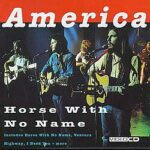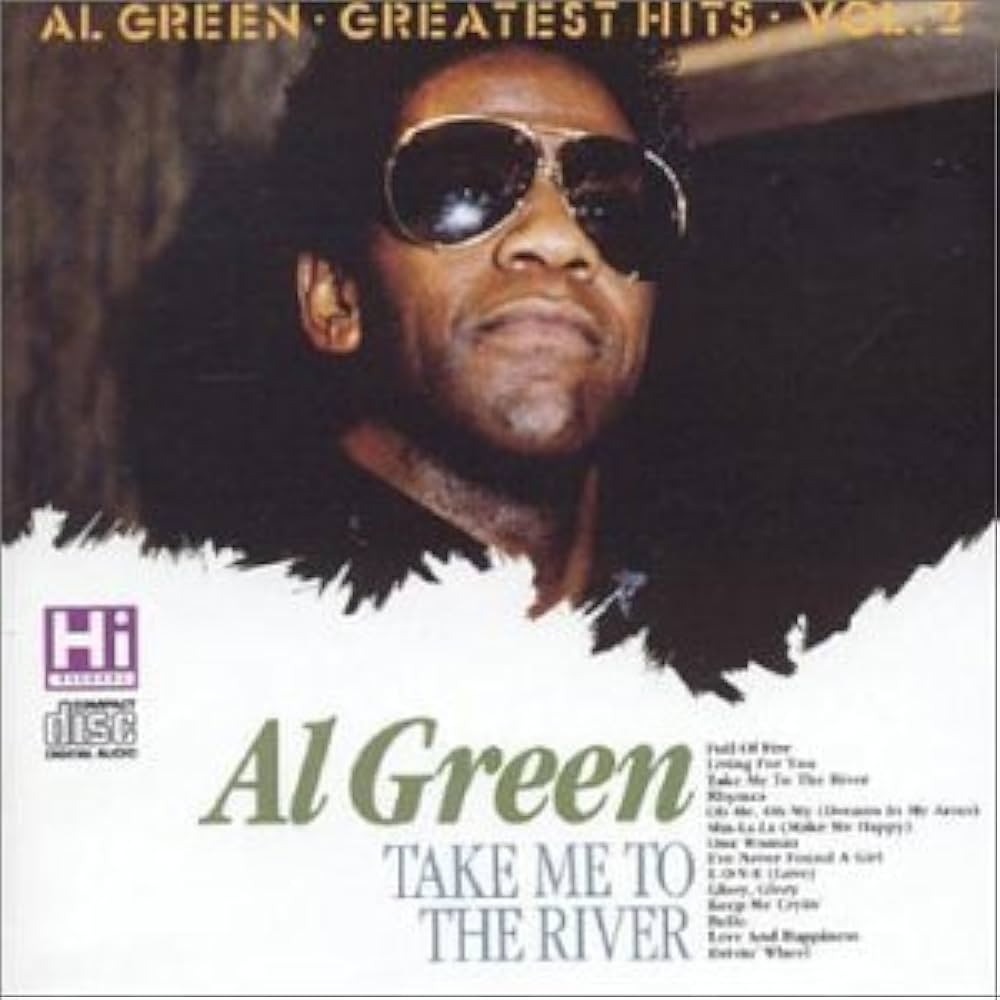 In 1972, a gentle, sun-soaked melody captured the imagination of music listeners worldwide: “A Horse With No Name” by the band America. With its signature acoustic guitar, soft vocal delivery, and evocative imagery, the song quickly became a defining track of the early ’70s, topping charts and establishing America as a leading voice in folk-rock. More than just a hit, the song transports listeners to an expansive, contemplative landscape, evoking the serenity and mystery of wandering through an open desert. Its blend of simplicity, melody, and atmosphere has allowed it to endure as both a cultural touchstone and a personal listening favorite for generations.
In 1972, a gentle, sun-soaked melody captured the imagination of music listeners worldwide: “A Horse With No Name” by the band America. With its signature acoustic guitar, soft vocal delivery, and evocative imagery, the song quickly became a defining track of the early ’70s, topping charts and establishing America as a leading voice in folk-rock. More than just a hit, the song transports listeners to an expansive, contemplative landscape, evoking the serenity and mystery of wandering through an open desert. Its blend of simplicity, melody, and atmosphere has allowed it to endure as both a cultural touchstone and a personal listening favorite for generations.
At its heart, “A Horse With No Name” demonstrates how music can create a sense of place and emotion through sparse arrangements and lyrical suggestion. America’s trio—Dewey Bunnell, Gerry Beckley, and Dan Peek—crafted a track that balances understated performance with profound emotional resonance, capturing a quiet sense of introspection and adventure.
America: Crafting a Distinctive Sound
America’s story began in London, where three American musicians—the sons of military personnel stationed abroad—came together to form a band. The group’s approach combined American folk traditions with British influences, producing melodic, harmony-driven songs with a relaxed, contemplative quality. Their self-titled debut album introduced this style, and “A Horse With No Name” quickly stood out as the centerpiece, showcasing the trio’s gift for evocative storytelling paired with accessible instrumentation.
Unlike the more aggressive rock or heavily produced pop of the era, America favored a soft-rock sensibility that emphasized acoustic textures and lyrical imagery. Their sound allowed for reflection, inviting listeners to slow down and engage with the mood and narrative of the song. In “A Horse With No Name,” this approach is fully realized: the arrangement is spare, the harmonies delicate, and the rhythm steady, creating an expansive sonic canvas that mirrors the song’s desert setting.
Lyrics and Imagery
The lyrics of “A Horse With No Name” are both simple and hauntingly evocative. They describe a journey through a desert landscape, but the focus is on mood, sensation, and introspection rather than plot. Lines like:
“On the first part of the journey, I was looking at all the life
There were plants and birds and rocks and things”
paint a vivid picture of natural surroundings while conveying a sense of quiet wonder. The desert becomes a metaphorical space for reflection and escape, a place where the speaker can disconnect from the pressures of daily life and contemplate existence in a more expansive, open setting.
The titular horse, nameless and enigmatic, serves as a symbol of freedom, mystery, and companionship in solitude. Its lack of identity reinforces the universal quality of the journey—the horse is anyone’s, and the experience of wandering the desert could belong to any listener. Through imagery, repetition, and understated phrasing, America invites audiences to inhabit the song’s landscape, fostering a meditative, almost dreamlike experience.
Musical Composition and Arrangement
Musically, “A Horse With No Name” is deceptively simple, relying on minimal instrumentation to convey maximum atmosphere. Dewey Bunnell’s acoustic guitar sets the foundation with a repetitive, hypnotic strumming pattern that mimics the steady pace of walking through sand. The bass and percussion are understated, providing rhythm without overwhelming the acoustic textures.
Vocally, Bunnell delivers the lyrics with a soft, slightly distant tone, enhancing the song’s contemplative mood. The harmonies of Beckley and Peek provide gentle support, creating a layered yet unobtrusive sonic palette. This restrained approach allows the song’s imagery to take center stage, drawing listeners into its serene, sunlit world.
The simplicity of the arrangement is also what makes the song so enduring. Without relying on flashy instrumentation or production tricks, America proves that melody, harmony, and lyrical imagery can sustain interest and emotional impact over time. The song’s structure—an alternating series of verses with a consistent, meditative riff—creates a hypnotic rhythm that mirrors the experience of steady travel through a vast landscape.
Cultural Context and Reception
When it was released, “A Horse With No Name” resonated with an audience seeking calm and reflection amid a period of social and political upheaval. The early 1970s were marked by post-Vietnam tension, economic uncertainty, and a shifting cultural landscape. Against this backdrop, the song’s gentle rhythm and open-ended imagery offered listeners a sense of escape—a way to inhabit a personal, meditative space while engaging with the broader world.
The track topped the Billboard Hot 100 and quickly became one of America’s most recognizable songs. Its chart success cemented the band’s place in the music scene and signaled the commercial viability of folk-inspired soft rock. Over time, “A Horse With No Name” has maintained its presence on radio playlists, in films, and across streaming platforms, appealing both to listeners who experienced it firsthand in the 1970s and to newer audiences discovering its quiet charm.
Themes of Solitude and Freedom
A key element of the song’s enduring appeal is its exploration of solitude and freedom. The narrator’s journey through the desert represents both physical and metaphorical space—a pause from societal expectations and a chance to engage with the self and the natural world. This theme resonates across generations, as listeners identify with the desire for introspection, escape, and connection to something larger than themselves.
The nameless horse reinforces this theme. It is a companion without ownership, a partner in exploration that embodies freedom rather than restriction. In this way, the song achieves universality: it is as much about the internal journey as it is about the physical one, allowing each listener to find personal meaning in its imagery and rhythm.
Production and Sound Aesthetic
The production of “A Horse With No Name” mirrors the song’s thematic restraint. Recorded with minimal overdubs, the track emphasizes natural instrumentation and vocal clarity. The acoustic guitar is front and center, with the bass, percussion, and harmonies woven subtly around it. This clarity allows the song’s hypnotic rhythm and evocative lyrics to remain the focal point, enhancing its immersive quality.
The gentle echo on the vocals and acoustic strumming contributes to a sense of space, evoking the open, expansive desert that the lyrics describe. The overall sonic aesthetic is warm and organic, reinforcing the song’s reflective, contemplative mood.
Legacy and Influence
Over the decades, “A Horse With No Name” has become an iconic example of early ’70s soft rock and folk-rock. It has influenced countless artists seeking to combine acoustic intimacy with accessible melodies and evocative storytelling. Its enduring presence in popular culture—from radio rotations to movie soundtracks—speaks to its timeless quality.
The song’s ability to communicate mood and narrative with minimal instrumentation continues to inspire musicians and songwriters. It demonstrates that simplicity, when paired with evocative imagery and melodic strength, can create music that resonates across decades and demographics.
Why ‘A Horse With No Name’ Endures
The lasting appeal of “A Horse With No Name” lies in its combination of simplicity, imagery, and emotional resonance. The acoustic strumming provides a hypnotic backdrop, the lyrics offer universal themes of freedom and introspection, and the vocal delivery creates a sense of intimacy. Together, these elements produce a song that is meditative, engaging, and timeless.
Its influence is evident in the countless covers, references, and homages that have appeared over the years. More than just a hit from the 1970s, the track serves as a blueprint for music that prioritizes atmosphere, narrative, and emotional connection over complexity or excess. It remains a song that listeners return to for comfort, reflection, or simple enjoyment.
Conclusion: Journey Without End
America’s “A Horse With No Name” stands as a quintessential example of how music can capture both time and timelessness. Its gentle strumming, evocative lyrics, and serene mood create a world listeners can step into—one of quiet deserts, introspection, and freedom. The track exemplifies the band’s talent for combining folk, soft rock, and melodic sensibility into something that feels both immediate and enduring.
Decades after its release, “A Horse With No Name” continues to resonate because it speaks to universal experiences of exploration, reflection, and the search for calm in a complex world. Its hypnotic rhythm and evocative imagery create a sense of journey without end—a musical experience that is simultaneously personal, universal, and endlessly captivating.
With its serene melodies, timeless storytelling, and meditative rhythm, ‘A Horse With No Name’ remains a classic journey through sound—a desert ride that continues to inspire, soothe, and transport listeners across generations.


